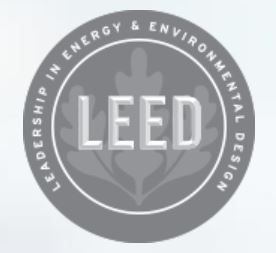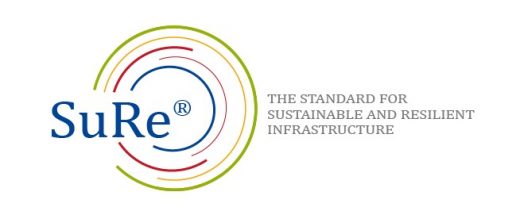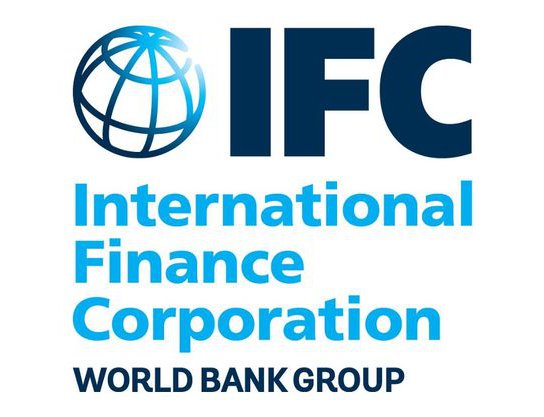Infrastructure has a major resource footprint and in emerging economies it is the main driver of resource consumption. Land use change is also related to consumption—in just 20 years, the world lost tropical forests equivalent to the size of Bolivia and urban areas have doubled since 1992. All of the pavement, roads, and infrastructure built worldwide required vast amounts of raw materials: concrete, rock, sand, water, and soil. Installing and deploying this infrastructure also pressured surrounding forests and agricultural lands, and reduced productive capacities of surrounding resources. If projections hold true, in 30 years enough new roads will have been paved to circle the globe 600 times.
Sand is the second-most consumed natural resource, after water. People use 50 billion tons of it every year, mostly to make concrete. But we are running out of sand—resource efficiency is a concept and practice where we use the Earth’s limited resources in a sustainable manner and minimize further impacts on our environment. It allows us to create more with less and to deliver greater value with less input. The unsustainable use of resources has triggered critical scarcities, worsened climate change, and left scars across landscapes–how could that not have a negative impact on the well-being of our planet and our fellow humans?







